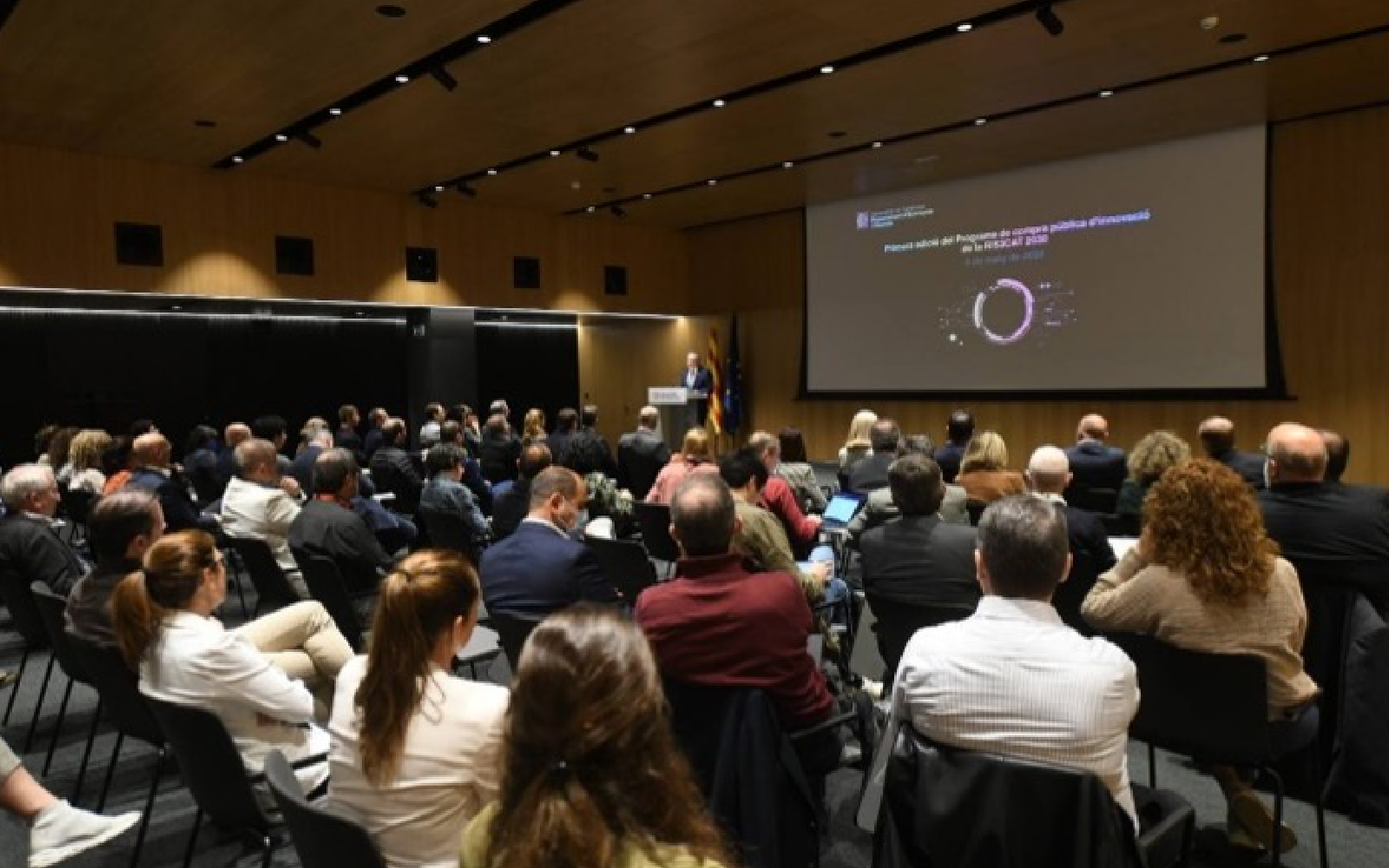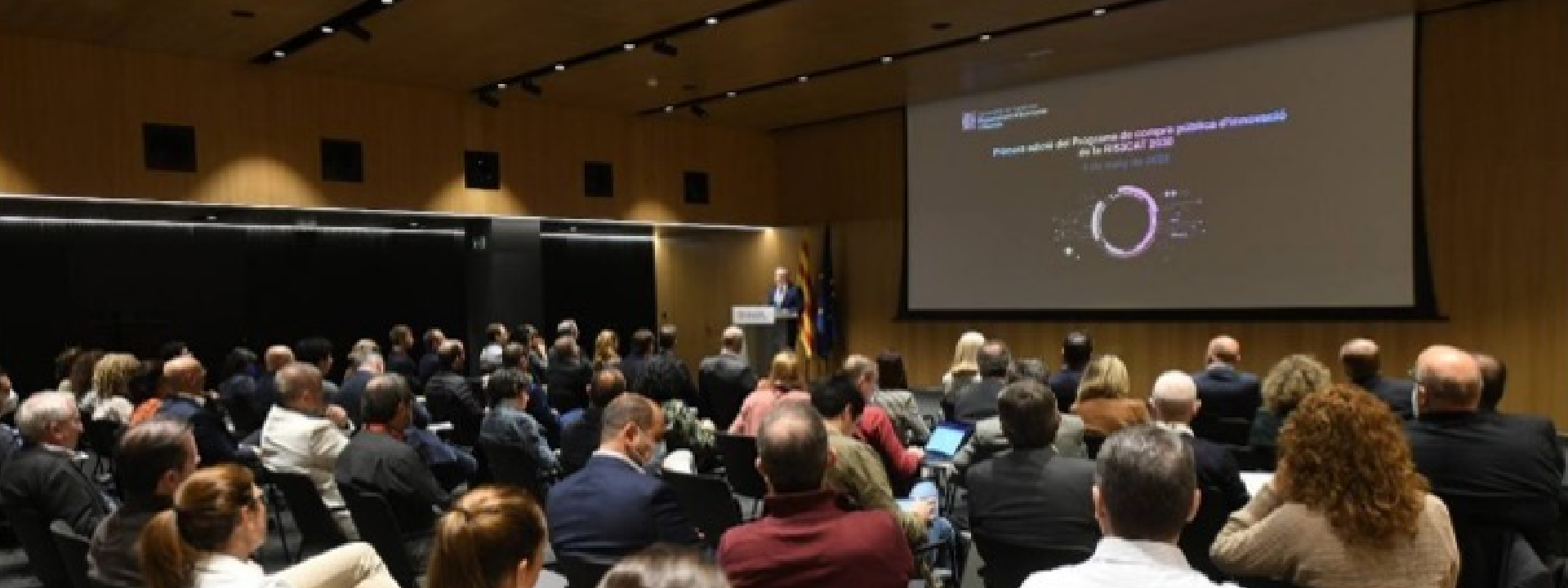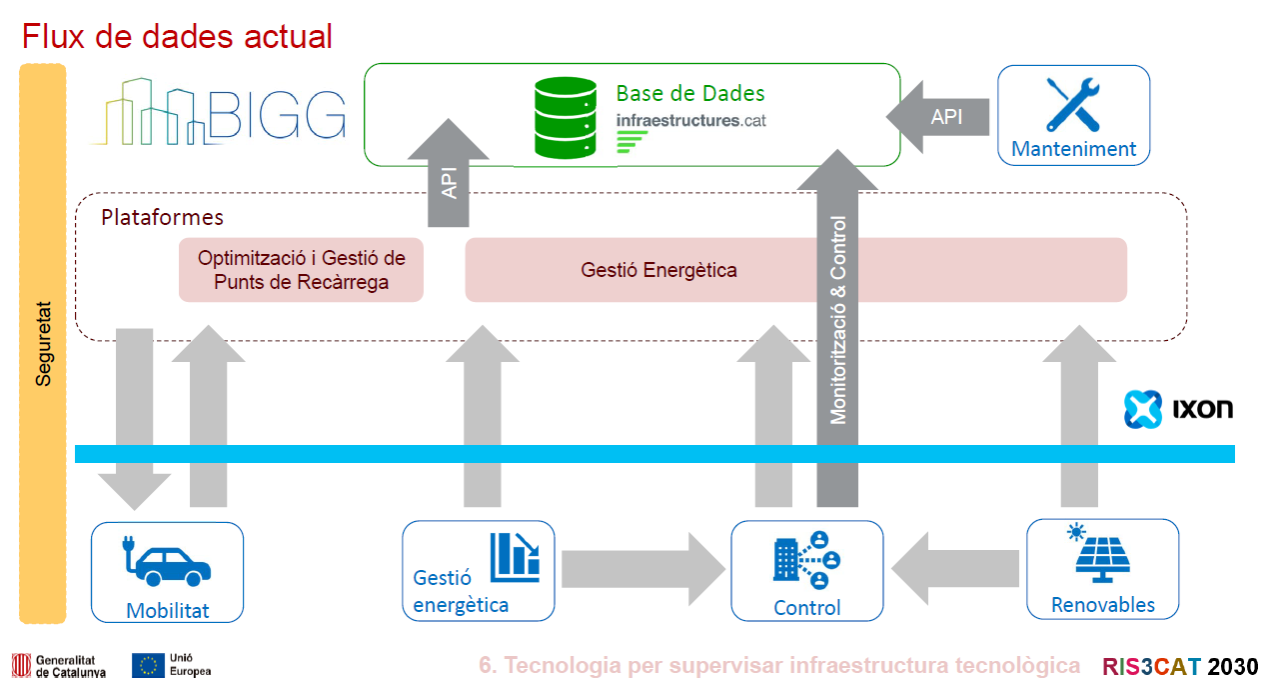The Catalan Government will purchase innovative technological solutions to address several challenges whose aim is to improve civil services and processes and, as far as possible, must have an impact on society.
Since past May 4th more than 100 participants from small, medium and large companies, technology centres and universities have been engaged in a process of preliminary market consultations aimed at improving the effectiveness and efficiency of public services; promoting technological innovation in the country’s business fabric; developing public-private collaboration; enabling the opening of new markets for innovative technology-based companies; and consolidating the process of transformation of the Public Administration based on innovation.
On this day, under the sponsorship and the direction of the Ministry of Economy and Finance the kick off of this program was held at the headquarters of the Administrative District in Barcelona, with a total of 21 technology development and adaptation projects designed by different units and government departments, which will be made available to technology companies interested in areas such as the energy, the environment, infrastructure management and smart grids and based on from artificial intelligence to metaverse. The amount of the tender will be co-financed with European funds (ERDF).

Among these projects, two of them have been proposed that intend to complete and improve the provision of services to the public facilities managed by Infraestructures.cat (ICAT). These projects will be aimed at:
- Assessment of occupancy and presence in buildings in order to achieve:
- Inference of occupancy (mainly by the calculation of thermal load)
- Determination of occupancy patterns
- Addition of control loop related to occupancy to conventional ones in HVAC systems
- Application in other services (cleaning, surveillance, infrastructure management, etc.
- Technology to survey technological infrastructure of energy monitoring and remote control in order to achieve:
- Supervision of technological systems and equipment
- Self-diagnosis functions
- Status control and self-diagnosis panel
- Aggregation for global monitoring
- Database in the cloud, efficient and encrypted
- Ability to analyze data to identify patterns and perform predictions
- Infrastructure cybersecurity system
- Training functions for the training of technical staff maintenance and control
Both projects must be developed taking into account the architecture advanced by the BIGG project as a technical requirement of the tender and, therefore, adopting it as a de facto standard.
It should also be borne in mind that the use cases that are expected to be developed within the innovation program are concurrent with those that could be raised within the BIGG project and, even more, its commercial exploitation would strengthen its consideration as a standard.





